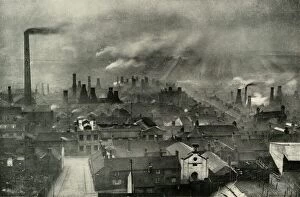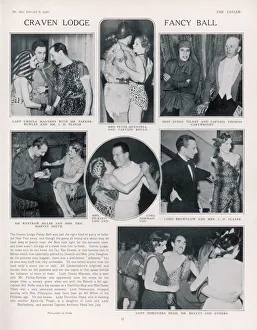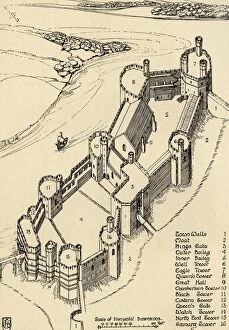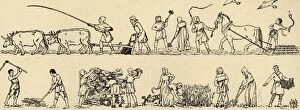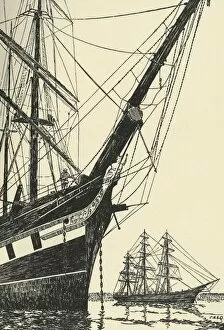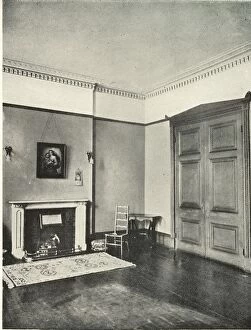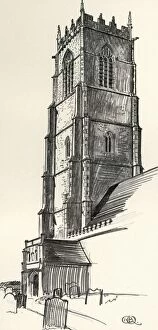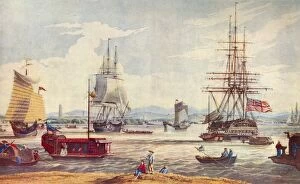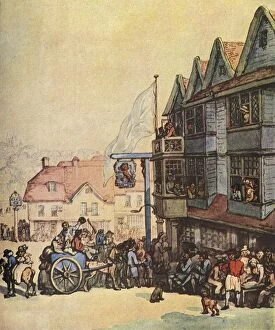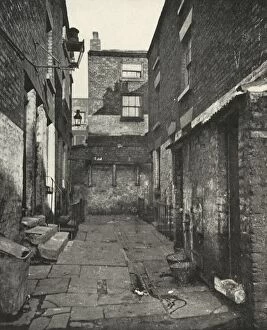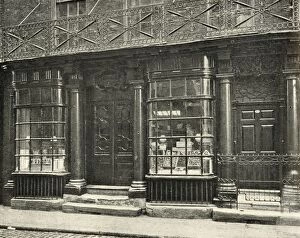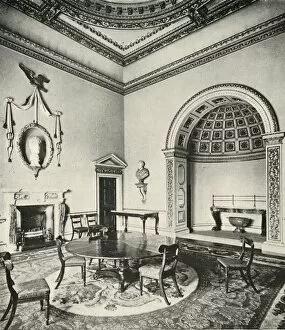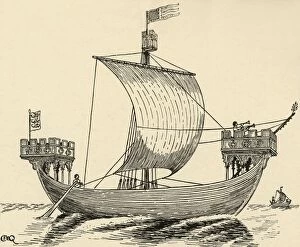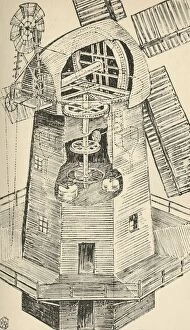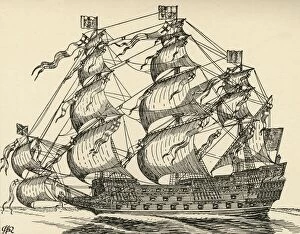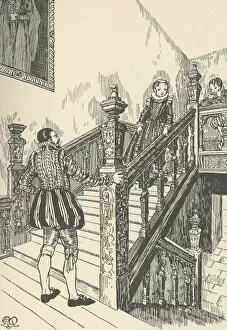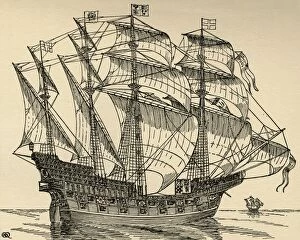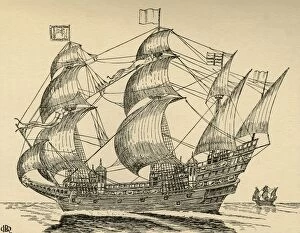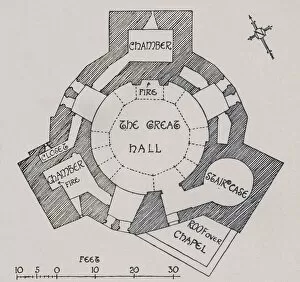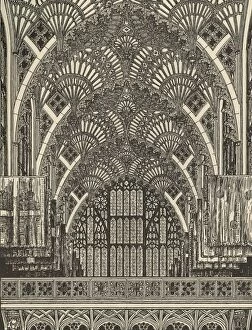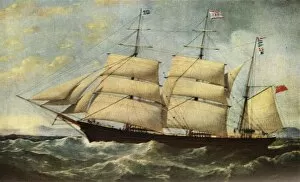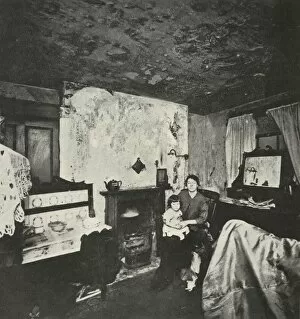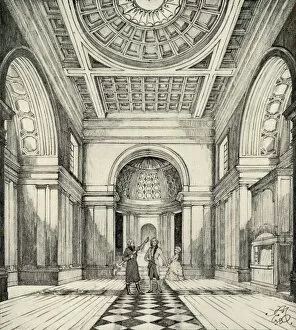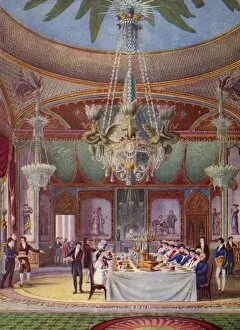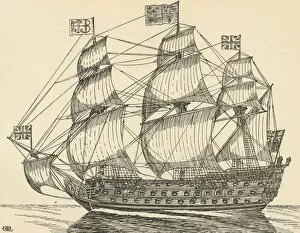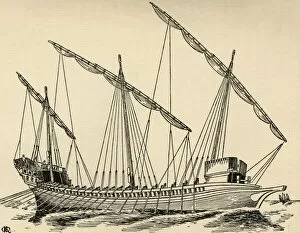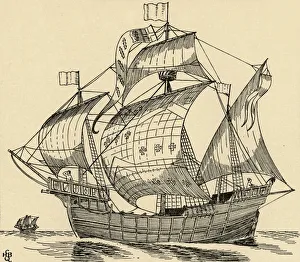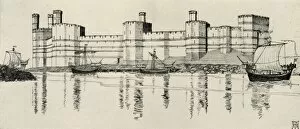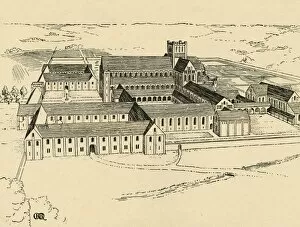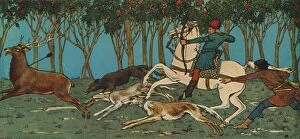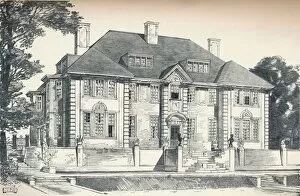Quennell Collection
"Quennell: A Journey through Time and Art" Step into the world of Charles Henry Bourne Quennell, a versatile artist who captured the essence of various eras and subjects
All Professionally Made to Order for Quick Shipping
"Quennell: A Journey through Time and Art" Step into the world of Charles Henry Bourne Quennell, a versatile artist who captured the essence of various eras and subjects. From factoryscapes to fancy balls, his works transport us to different realms. In "A Factoryscape in the Potteries (1938), " Quennell portrays the bustling industrial landscape with its chimneys reaching for the sky. The scene is alive with activity, showcasing the heart of manufacturing. At Craven Lodge Fancy Ball, we are transported to an elegant affair where opulence reigns supreme. Quennell's attention to detail brings out every intricate costume and sparkling chandelier, immersing us in this glamorous event. Moving on to Orford Castle in Suffolk (1931), we witness its battlements restored under Quennell's brushstrokes. The castle stands proud against a picturesque backdrop, evoking a sense of history and grandeur. The Norman Ship (1931) takes inspiration from the Bayeux Tapestry as Quennell recreates this iconic historical moment. With meticulous precision, he captures every detail of this medieval vessel sailing through time. In "Boys playing at Riding at the Quintain (Romance of Alexander)" (1931), we glimpse into ancient times as children engage in playful jousting games. This charming depiction showcases Quennell's ability to bring historical scenes to life. The Coronation of Harold (1931) transports us back to one of England's pivotal moments as King Harold ascends his throne. Through masterful strokes, Quennell captures both regality and tension within this significant event. Venturing further into history, we encounter "A Mediaeval Windmill" (1931). This artwork exudes rustic charm while highlighting an essential aspect of medieval life – agriculture powered by windmills that dotted landscapes across Europe. Monmouth Street in Soho, as illustrated by G.

